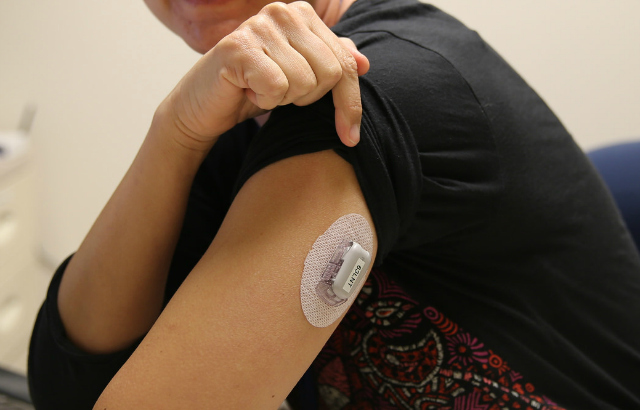We have all heard of skin grafting and how invaluable it has proved in treating burn patients. However recent researchers at Stanford have shown that it is possible after all to lead science in a direction to create synthetic skin. The research was carried on extensively in the Stanford university in California and was published on the 17th of November after two whole years. What the researchers claimed to find was simple: they were searching for alternative materials which could be wearable and could potentially imitate the properties of skin, especially its healing properties as responsiveness to touch.
The research team at Stanford has, for the first time in the history of mankind has found that the electric properties of the organic semiconductors could be amalgamated with the self healing properties and potentialities of skin along with the flexibility in the area of stretching that is unique to human skin. While skin grafting depends on taking your own and replacing it on the damaged surfaces, this research, which was also assisted by the Dr. Bob C. Schroeder, is actually focused on a brand new sort of polymer which has properties of semi-conduction. While most mind may wonder how this could be done, the mechanism or the prototype of it seems to be devilishly simple.
The polymer of synthetic skin construct is dual layered: the first layer comprising, the sensing mechanism and the bottom layer is in charge of transmitting the signals which translate them into a stimulus of the biochemical nature which is compatible with the nerve cells. The top layer of the synthetic skin also happens to have a peculiarly powerful sensor which much like the actual human skin can feel the pressure from the same range. For example, if you are shaking hands with someone who actually has the prototype synthetic skin, they would feel the same stimulations upon a handshake or a even a simple finger tap perhaps on the shoulder.
The prototype synthetic skin has been made to suffer mechanically induced injuries and has proven capable of sustaining and triumphing over those just like original human skin. However if there is one thing that is still plaguing the minds of the researchers, is how they could make the product with lesser toxic solvents and what more could be improved in the field of self healing.
At the initial stages of the synthetic skin research, the team had found that the rubbers and plastics can be used as sensors of pressure and their molecular structures can be tested for flexibility and springiness. The natural sensitivity of this polymer was then utilised to aid in the conduction of electricity by squeezing the nano tubes of the plastic together. This in turn helps the plastic sensor to emulate human skin. And the brain receives the signals as transmissions of short electrical pulses. The more the pressure on the nano tube the more the varied impulses. Once the impulse is completely stopped, the pulses relax, the feeling produced due to this is akin to a gentle touch. This pressure sensing mechanism was later used for the second ply of their synthetic skin, which could even impart the electricity of the skin cells.
If everything goes smoothly, medical science could potentially be giving back life to a lot of patients!






